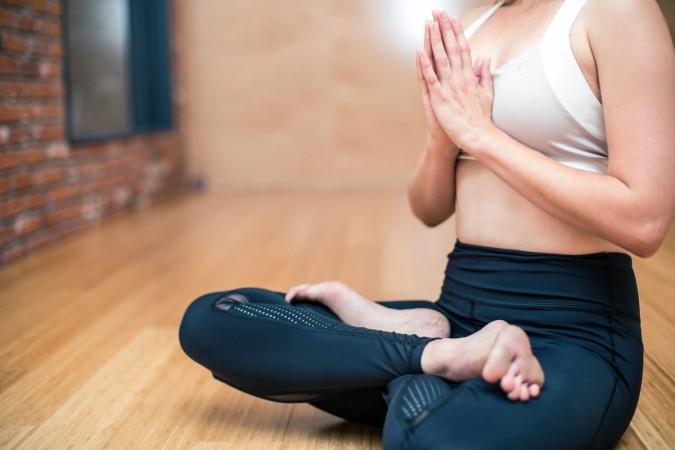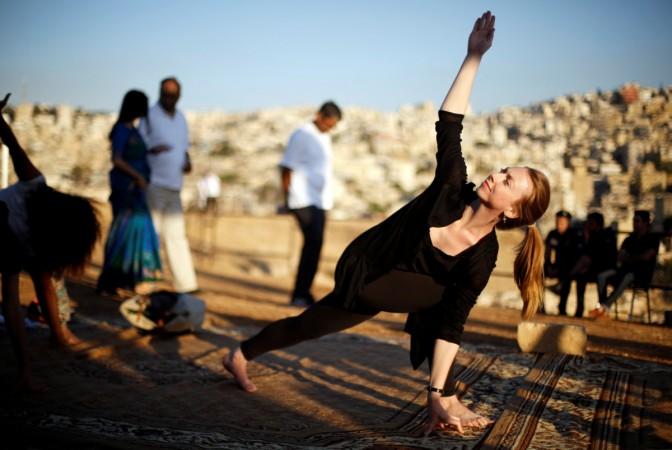
The idea of stuffing into a crowded room heated at a stifling 40 degrees Celsius, paying almost £14 a session seems like a lot of effort to put into looking good. And as fancy as the concept of this particular activity – also known as hot yoga, might seem – a new study has revealed it holds no added benefit.
Basically, according to research, hot yoga or Bikram yoga is no better for the health than regular yoga at room temperature.
Also read: Most popular yoga trends
Yoga practitioners might promote hot yoga claiming the heat dilates blood vessels, thus lowering blood pressure, which could eventually protect against heart attacks and strokes. Yet, an experiment studying blood vessels of people doing hot yoga and people doing regular yoga found no difference in them.
Texas State University researchers concluded that it is, in fact, the postures, like the 'half-moon pose' and 'cobra' which are responsible for better health. The temperature barely has to do anything with the health quotient.
Lead author Dr Stacy Hunter, from Texas State University, said: "The new finding from this investigation was that the heated practice environment did not seem to play a role in eliciting improvements in vascular health with Bikram yoga.
"This is the first publication to date to show a beneficial effect of the practice in the absence of the heat."

Popularised in the seventies in America, the Bikram yoga has been endorsed by multiple celebrities, including sports stars like David Beckham and Andy Murray, as well as Hollywood stars like Demi Moore and Anne Hathaway.
The name shifted from Bikram yoga to 'hot-yoga' after a scandal circulating its pioneer Bikram Choudhury surfaced, where he was accused of rape and sexual assault by former students.
Even though previous studies have shown high temperatures improve blood flow in middle-aged people after just two months, just the way saunas and hot baths slash the risk of heart attacks and strokes, the US study is a first of its kind to reveal it's actually the yoga postures, not the heat that does the trick.
A group of 52 people were split into a hot yoga group that worked out at 40 degrees Celcius, another group doing yoga at a comfortable temperature of 23 degrees Celsius and the third group of people who did not do yoga.

Ultrasound was used to measure blood vessel function and it was revealed that there's no difference between the hot yoga and traditional yoga group; both of those groups showed better results than those who didn't do yoga though.
The study, published in the journal Experimental Physiology, states: "These results indicate that the set sequence of 26 postures and two breathing exercises may be the key ingredient in producing favourable changes in endothelial function with yoga."
Endothelial function refers to the lining of the blood vessels associated with heart disease, and these are less able to dilate with age, and any kind of exercise that forces them to dilate, increases blood flow, lowering blood pressure.
Also read: Bikram Choudhary issued a $8 million arrest warrant
It also benefits by reducing the hardening of the arteries, which leads to heart attack or stroke. Instead of the heat being responsible for these beneficial changes, the study found that stretches and muscular contraction play a greater role.
Hot yoga was however found to slightly reduce people's cholesterol and body fat percentage, even though the change was barely significant with respect to statistics.

















